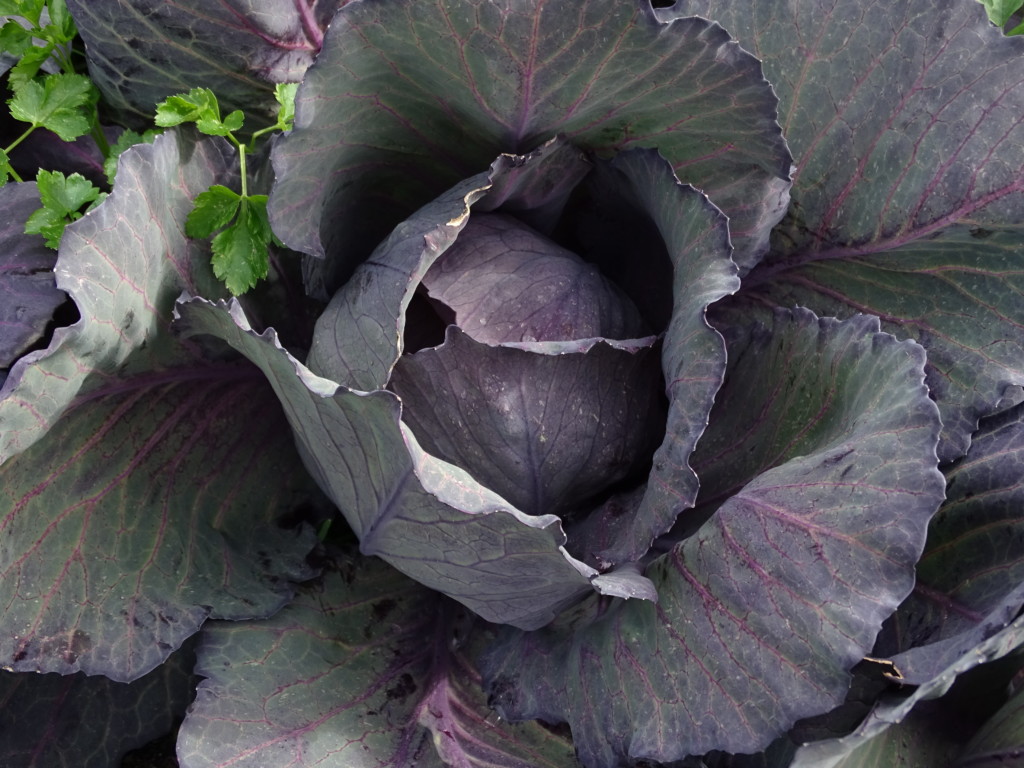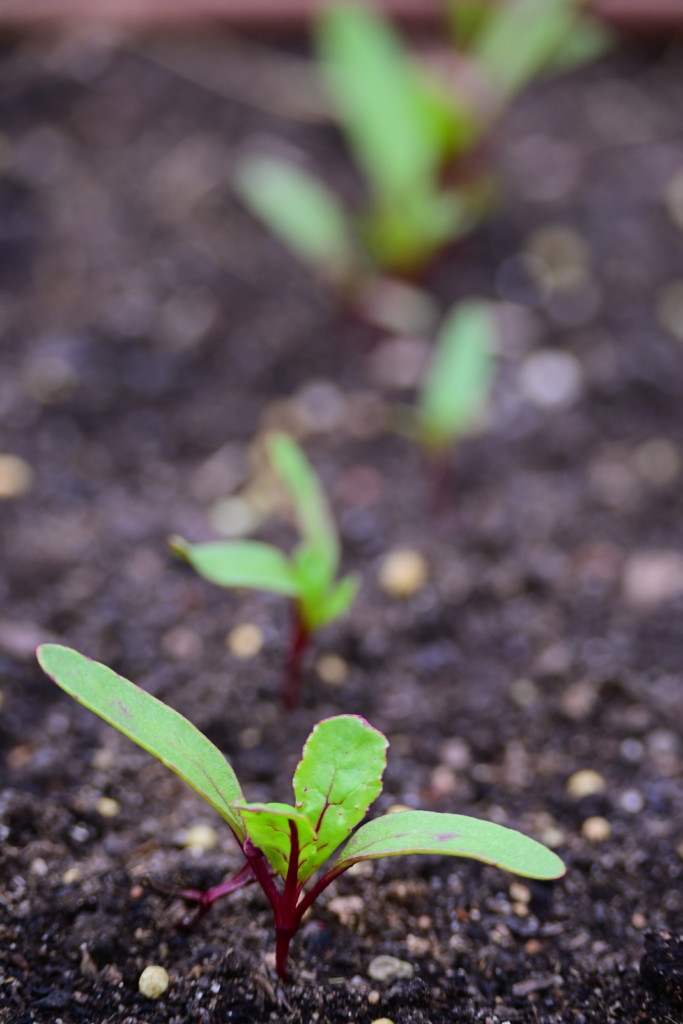It was a light-bulb moment for me when I realised that the brassicas (cabbages, broccoli, cauliflower, kohlrabi) are biennials.
Now stick with me. This is more than just a revelation of botanical terminology. Northern Hemisphere literature will tell you that biennials are plants that last two years. But that’s not fully true. Biennials are plants that build up a rosette of foliage in one growing season, and then bolt up to bloom in the next growing season.
When it comes to the brassicas, the edible part of the crop is either part of the first phase (the tight leafy ball of the cabbage, or the swollen stem of the kohlrabi), or the very earliest part of the second phase (the flower buds of the cauliflower or the broccoli). By the time any of these plants are fully in flower, they’re inedible, or much less palatable.
So what? You may well ask.

It’s kind of interesting to know that in every case, these vegetables are consumed, therefore, as an immature plant. This is in contrast with the fruiting crops of summer, like tomatoes, beans, pumpkin and eggplant in which it’s the fruiting body, on a fully mature plant, that we’re eating.
But that’s still just academic. The useful thing to know about biennial vegies is that it’s the winter that throws the switch from the leafing up (vegetative) phase, to flowering (sexual) phase, and we have to harvest them before this happens. For me, in a very cool climate in which these vegetables barely grow over winter, I have to get all that growing of phase 1 done before it gets too cold. Winter for me is the time to harvest these crops, not the time to grow them. So much so that I have to have them fully grown by about May to be of any use at all. Winter, as far as vegetables goes where I live, is little more than nature-provided outdoor refrigeration.
That means that I must plant the brassicas in February or March for winter harvest. And that, in turn, means (in a perfect world, and my self-made gardening world is far from perfect) that I should sow the seeds in January. This year – for once in my life – I did! The January rains, which re-filled our tanks, had me thinking of winter veggies earlier than usual. I normally can’t even consider planting until we get some autumn rain, and some years, like 2019, that arrives too late. The necessary warmth has gone before the necessary moisture arrives.

As it happens, the root crops (such as beetroot and carrots) are also all biennials in nature. Many will change phase mid-season, particularly if stressed, and bolt up to bloom. But in every single case, the root is a storage organ that is preparation for phase 2, and we want to eat it before it gets there!
Your sowing times will be rather different in Melbourne, or Adelaide, or Sydney, where you’ll be able to keep the root crops, along with cabbages and their relatives, growing over winter. But bear in mind that being biennial in nature means that, no matter how well or poorly you grow them, they’ll want to bolt to flower and seed the moment they sense lengthening days or warming temperatures at the end of winter. That’s not a failure of your technique. They’re hard-wired for it, and any attempt to fight it will fail.
Great post Michael!